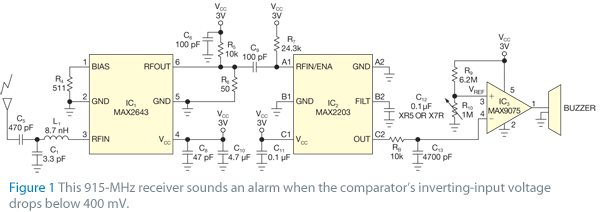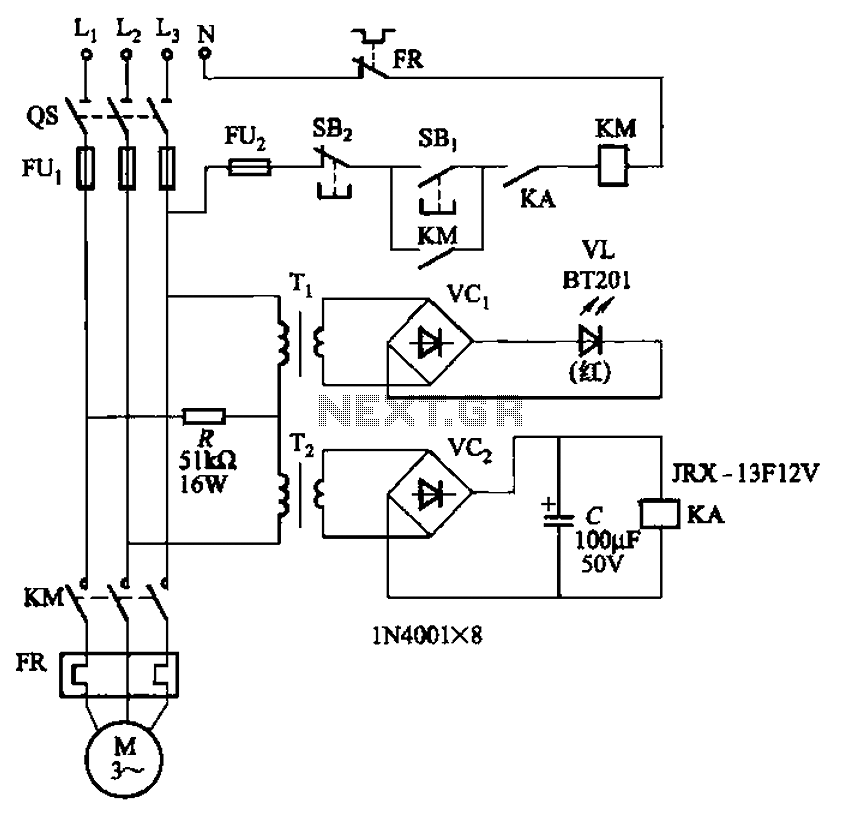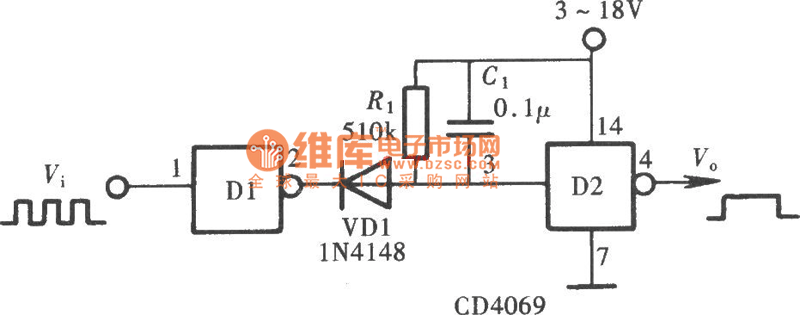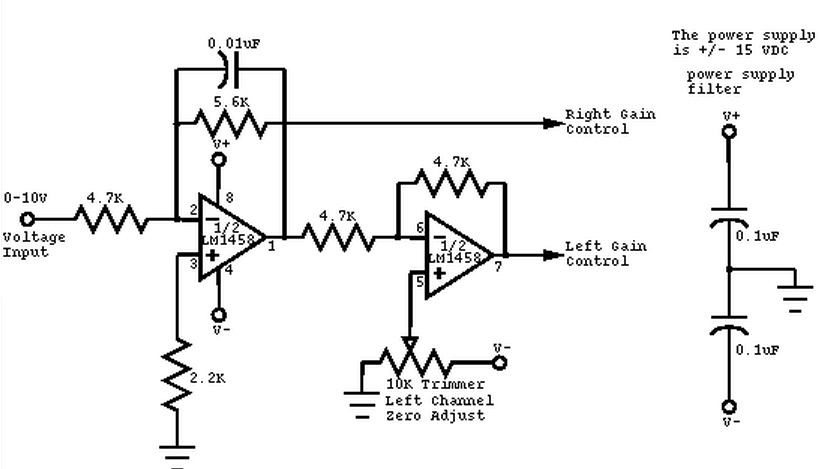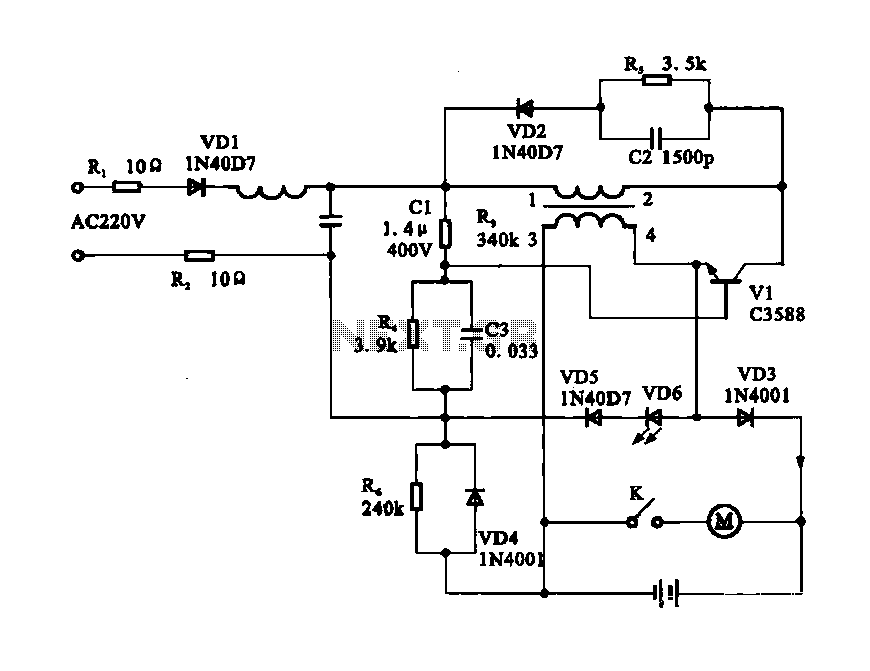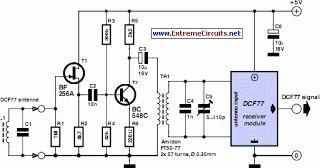
mic preamp circuit

The ART TPS2 is a starved tube microphone preamplifier that utilizes a single 12AX7 tube operating at approximately 50V plate voltage to enhance the sound quality. Initially, the intention was to construct an entirely solid-state preamp, leading to the removal of the 12AX7 tube and its associated components. The right channel input stage retains the original TPS2 capacitor input discrete differential stage, with the significant modification being that the input stage gain is now fixed. The second stage employs a conventional operational amplifier (op-amp) based amplification, with the gain adjustable via a precision potentiometer, followed by an attenuator. Coupling capacitors are implemented due to the high gain of the circuit. The final design incorporates a transformer input and output configuration. The output transformer is connected through a separate 8-pin IC socket that plugs into the IC socket on the PCB, allowing for easy switching to a THAT 1646 output. The capacitor input and THAT 1646 output configuration on the left channel produces a sound that is thin and overly compressed. In contrast, the transformer input enhances the THAT 11512/1646 combination, resulting in a smoother sound. Ultimately, the inclusion of an output transformer significantly improves the audio quality, providing a richer sound without excessive coloration.
The ART TPS2 microphone preamplifier design features a unique approach to audio signal processing, focusing on both tube and solid-state technologies. The use of a 12AX7 tube at a plate voltage of around 50V is intended to impart a distinct tonal character to the audio signal. However, the transition to a solid-state design necessitated the removal of the tube and its components, leading to a more consistent and reliable performance.
The right channel input stage, which is primarily based on the original TPS2 design, utilizes a capacitor input discrete differential stage. This configuration is known for its ability to provide high input impedance and low noise, critical for maintaining audio fidelity. The fixed gain in this stage ensures that the input signal is consistently amplified without the variability that can come from adjustable gain stages.
In the second stage, a conventional op-amp amplification circuit is employed, which is widely recognized for its linearity and stability. The gain control via a precision potentiometer allows for fine adjustments to the output level, making the preamp versatile for various applications. The subsequent attenuator serves to prevent signal clipping and distortion at higher gain settings, ensuring the output remains clean.
Coupling capacitors are strategically placed in the circuit to block DC components while allowing AC signals to pass through. This is particularly important in high-gain circuits, where DC offsets can lead to undesirable audio artifacts.
The final design choice of using transformer input and output stages is significant, as transformers can provide impedance matching and additional signal isolation. The output transformer, connected through an 8-pin IC socket, facilitates easy modifications to the output stage, allowing for experimentation with different transformer models such as the THAT 1646.
The sonic characteristics of the preamp are notably influenced by the choice of input and output configurations. The capacitor input combined with the THAT 1646 output has been described as producing a thin and compressed sound, which may not be desirable for all applications. In contrast, the transformer input enhances the overall tonal quality, providing a smoother response and better dynamic range.
Ultimately, the integration of an output transformer contributes to a more robust sound profile, delivering a substantial audio experience that balances clarity and warmth without excessive coloration. This design approach reflects a thoughtful consideration of both traditional and modern audio engineering principles, resulting in a versatile microphone preamplifier suitable for various recording environments.ART TPS2 is a starved tube mic preamp. One 12AX7 tube operating at about 50v plate voltage to add color to the sound. As I intended to build a all solid state preamp, the 12AX7 and its peripheral component were removed. The right channel input stage is mostly the original TPS2 capacitor input discrete differential stage.
The major change is that t he input stage gain is now fixed. The second stage is conventional OPAMP based amplification stage. The gain of this stage is controlled by a precision potentiometer, and followed by a attenuator. Coupling capacitors are used because of the high gain. In the end I settle on the transformer input + transformer output design. The output transformer is wired a separate 8 pin IC socket that plucks into the IC socked on the the PCB, so I can easily switch it to THAT 1646 output. Capacitor input and THAT 1646 output on the left channel sounds thin and very compressed. Transformer input makes the THAT 11512/1646 combination a bit smoother, but still not my cup of tea. An output transformer really make it sound right - there is substance in the sound without too much of color.
🔗 External reference
The ART TPS2 microphone preamplifier design features a unique approach to audio signal processing, focusing on both tube and solid-state technologies. The use of a 12AX7 tube at a plate voltage of around 50V is intended to impart a distinct tonal character to the audio signal. However, the transition to a solid-state design necessitated the removal of the tube and its components, leading to a more consistent and reliable performance.
The right channel input stage, which is primarily based on the original TPS2 design, utilizes a capacitor input discrete differential stage. This configuration is known for its ability to provide high input impedance and low noise, critical for maintaining audio fidelity. The fixed gain in this stage ensures that the input signal is consistently amplified without the variability that can come from adjustable gain stages.
In the second stage, a conventional op-amp amplification circuit is employed, which is widely recognized for its linearity and stability. The gain control via a precision potentiometer allows for fine adjustments to the output level, making the preamp versatile for various applications. The subsequent attenuator serves to prevent signal clipping and distortion at higher gain settings, ensuring the output remains clean.
Coupling capacitors are strategically placed in the circuit to block DC components while allowing AC signals to pass through. This is particularly important in high-gain circuits, where DC offsets can lead to undesirable audio artifacts.
The final design choice of using transformer input and output stages is significant, as transformers can provide impedance matching and additional signal isolation. The output transformer, connected through an 8-pin IC socket, facilitates easy modifications to the output stage, allowing for experimentation with different transformer models such as the THAT 1646.
The sonic characteristics of the preamp are notably influenced by the choice of input and output configurations. The capacitor input combined with the THAT 1646 output has been described as producing a thin and compressed sound, which may not be desirable for all applications. In contrast, the transformer input enhances the overall tonal quality, providing a smoother response and better dynamic range.
Ultimately, the integration of an output transformer contributes to a more robust sound profile, delivering a substantial audio experience that balances clarity and warmth without excessive coloration. This design approach reflects a thoughtful consideration of both traditional and modern audio engineering principles, resulting in a versatile microphone preamplifier suitable for various recording environments.ART TPS2 is a starved tube mic preamp. One 12AX7 tube operating at about 50v plate voltage to add color to the sound. As I intended to build a all solid state preamp, the 12AX7 and its peripheral component were removed. The right channel input stage is mostly the original TPS2 capacitor input discrete differential stage.
The major change is that t he input stage gain is now fixed. The second stage is conventional OPAMP based amplification stage. The gain of this stage is controlled by a precision potentiometer, and followed by a attenuator. Coupling capacitors are used because of the high gain. In the end I settle on the transformer input + transformer output design. The output transformer is wired a separate 8 pin IC socket that plucks into the IC socked on the the PCB, so I can easily switch it to THAT 1646 output. Capacitor input and THAT 1646 output on the left channel sounds thin and very compressed. Transformer input makes the THAT 11512/1646 combination a bit smoother, but still not my cup of tea. An output transformer really make it sound right - there is substance in the sound without too much of color.
🔗 External reference
